NASA Has Discovered An Earth-Sized, Habitable Planet Over 100 Lightyears Away
Another sci-fi movie concept might have just moved one step closer to reality thanks to NASA's latest discovery, a new planet discovered thanks to one of their deep space cameras.
The new planet, though a little far, is within its solar system's 'habitable zone', meaning it has the potential to sustain life. Sure, it will still take a while to get there, but being able to move to a whole new planet should you want to might be closer than we think.
Are you still searching for your life purpose? You won't believe what the science of Numerology can reveal about you!
That's right, the numerology of your birth date, regardless of what month you were born, can reveal surprising information about your personality.
Click HERE to learn what Numerology says about your life using only your Birth Date.
Unlock the messages hidden in your Personality Code now with your free personalized video report!
A Galaxy Of Possibilities
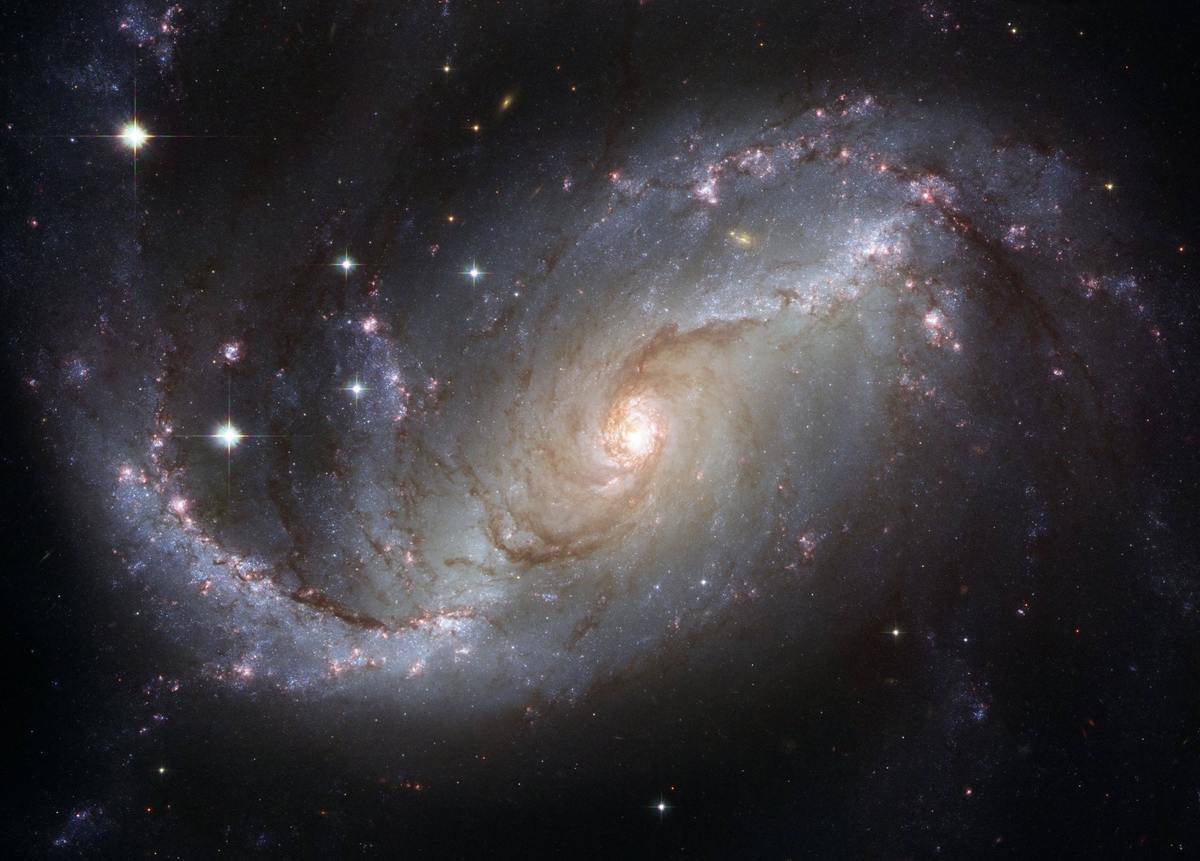
To have organizations like NASA and others that perform deep space exploration is truly a magical thing. Every year, we hear about dozens of incredible discoveries and amazing things resting just beyond our solar system, proving that the universe is filled to the brim with pure wonder (not to mention fascinating science).
This has been proven yet again by their most recent find: a new planet captured by a high-powered camera they launched hundreds of lightyears away.
The Latest Find
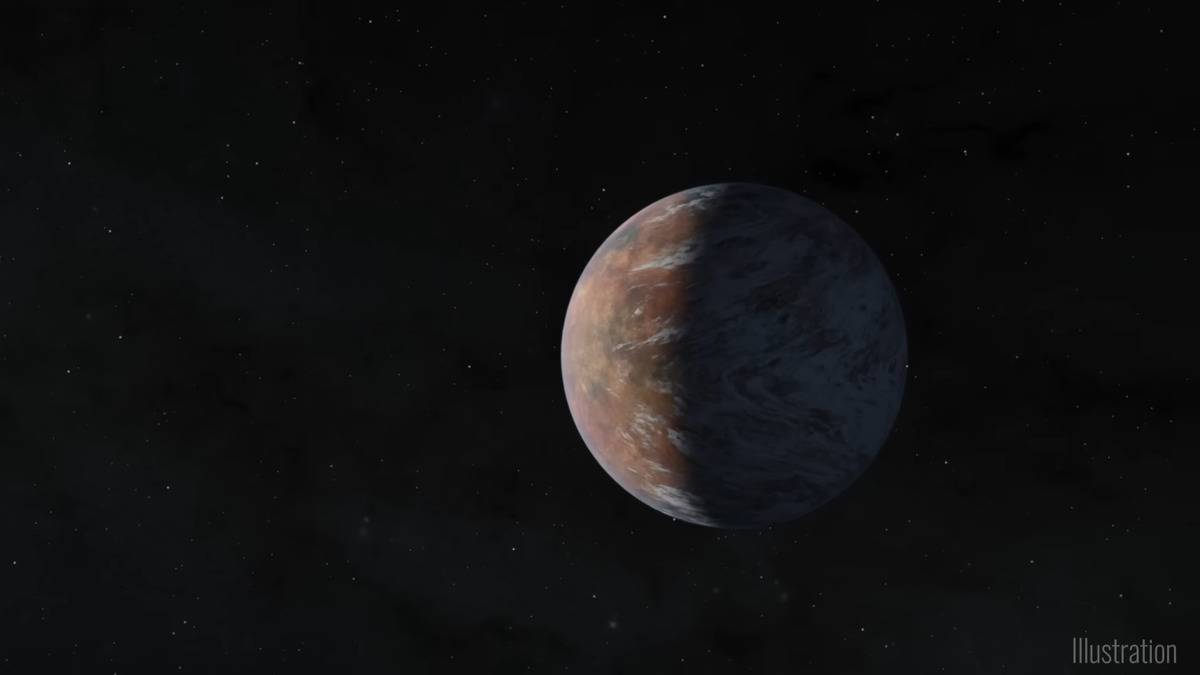
NASA recently discovered an Earth-sized planet in a neighboring solar system, one they think may be habitable.
They named the planet TOI 700 e, and it is the fourth planet that's been discovered in the TOI 700 system, called such as it orbits the dwarf star TOI 700.
This system is 100 lightyears away from us and is located in the Dorado constellation. This also isn't the first fascinating planet find to come from this system, the first of which sparked great interest in researchers who wanted to see what else orbits that star.
The Predecesor
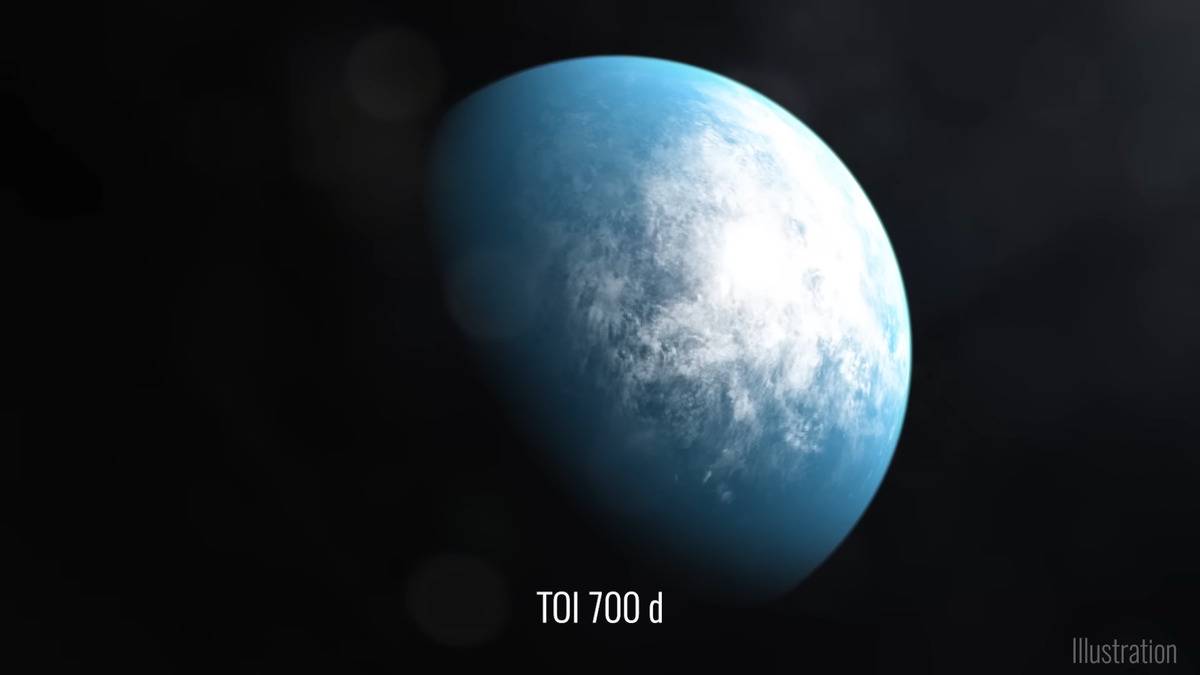
TOI 700 d was a planet discovered in early 2020 by the Transiting Exoplanet Survey Satellite, or TESS. It is also roughly Earth-sized, orbiting as the outermost planet in the system.
This distance from its equivalent to our sun means there's something exceptional about this planet; it has what's called a habitable "goldilocks" zone.
A habitable zone is a distance between a planet and its star that allows for the planet to sustain liquid water, meaning the conditions could allow for life to thrive there. The goldilocks nickname comes from the fact that it's 'just right' for sustained life.
Side By Side
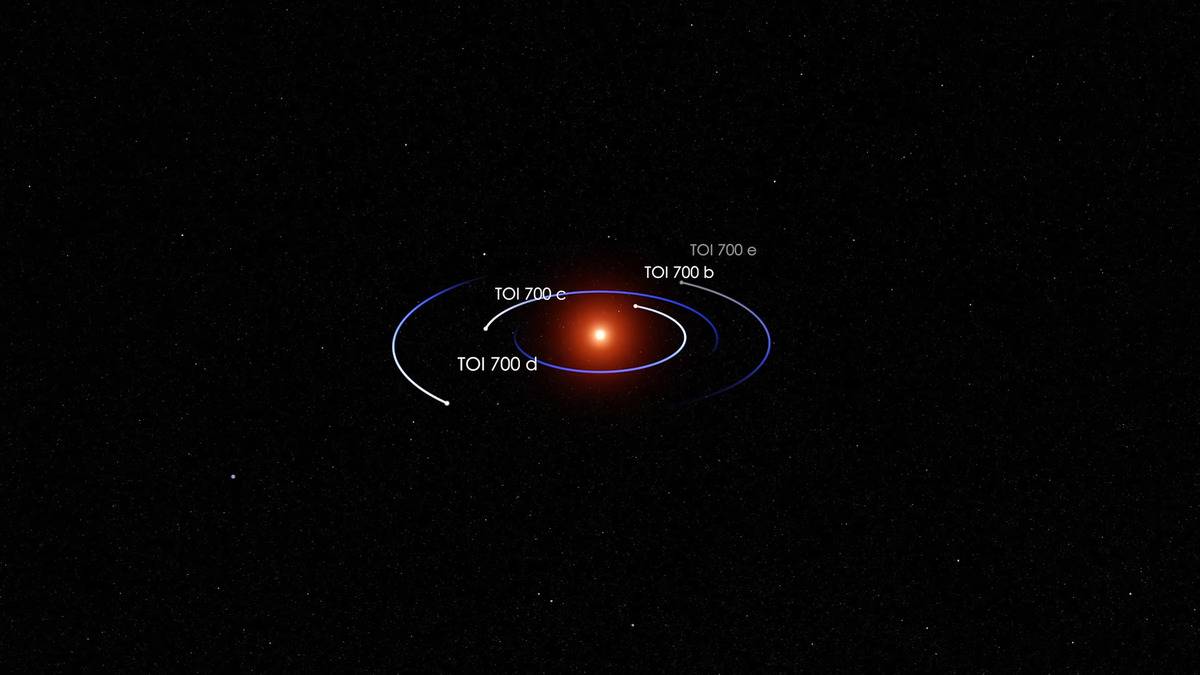
Researchers have revealed another planet within that same system that falls within that goldilocks zone, TOI 700 e. Both planets are likely rocky on the surface, with d sporting a 37-day orbit around the sun and e spinning even faster at 28 days. They believe d has more of a chance of also sporting a breathable atmosphere, but e being within the habitable zone is still exciting.
"This is one of only a few systems with multiple, small, habitable-zone planets that we know of," said Emily Gilbert, the research lead and postdoctoral researcher at NASA's Jet Propulsion Lab.
They believe both planets are tidally locked, which means they only spin once per orbit, with one side always facing the star. This is similar to how we on Earth only see one side of the moon.
Bringing It Home
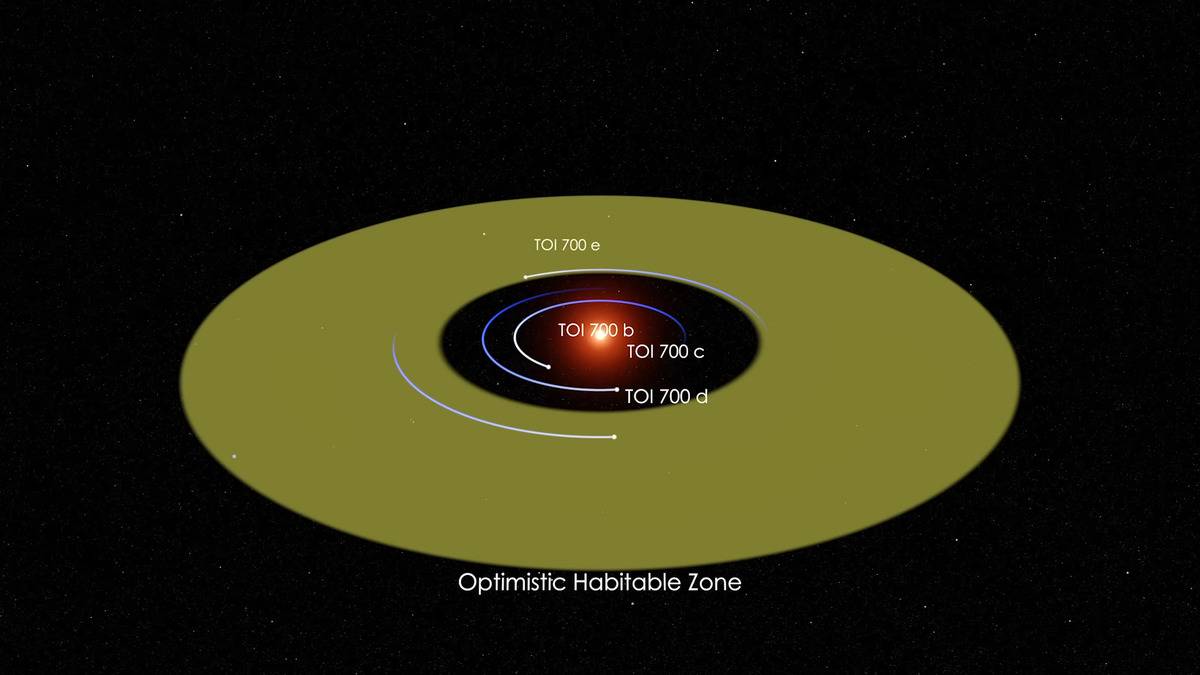
Finding planets similar in size to Earth that are also potentially habitable is not only exciting for obvious reasons, but it also helps astronomers learn more about our own solar system.
"[...] the TOI 700 system [is] an exciting prospect for additional follow-up. Planet e is about 10% smaller than planet d, so the system also shows how additional TESS observations help us find smaller and smaller worlds," said Gilbert in her statement.
The team has TESS to thank for all this incredible data they've been able to collect so far.
Strength In Lenses
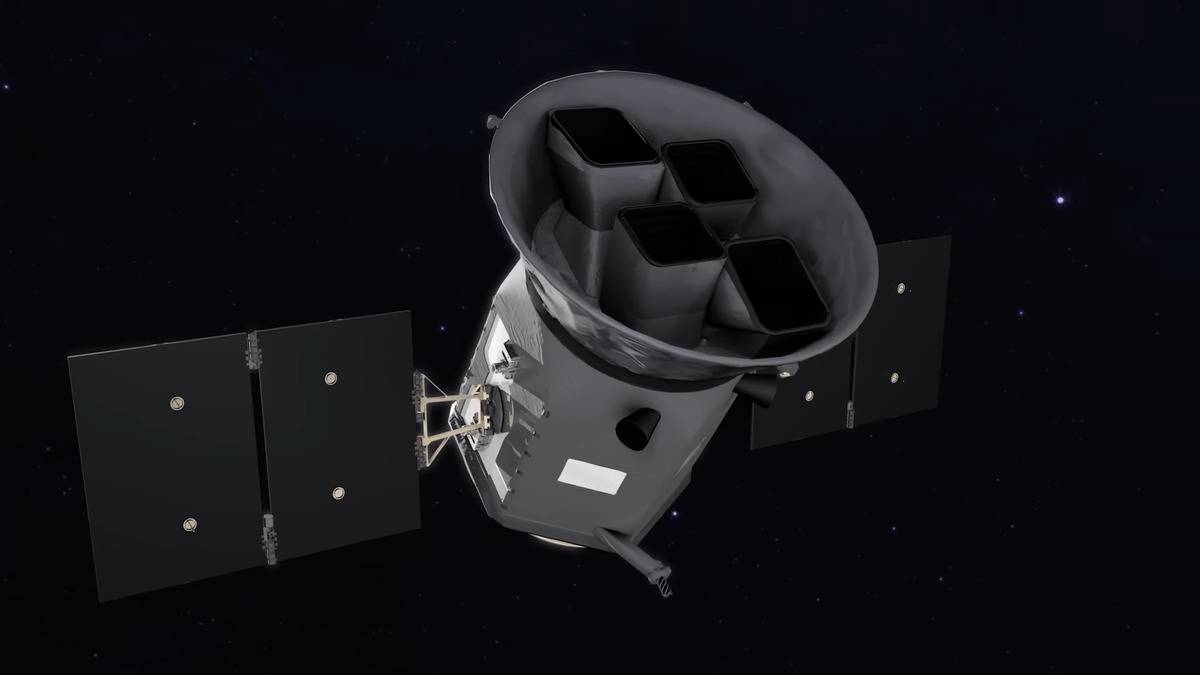
TESS was designed to seek out distant stars and planets up to 2300 light years away, sporting four cameras that can see roughly 85% of the sky. It monitors large expanses of space, tracking changes in brightness that could indicate a previously undiscovered planet passing over a star.
TESS was sent on a two-year mission in 2018 to scope out the southern and northern sky, but they decided to park it back in the southern sky for another year in 2020, which is when it discovered the first potentially habitable TOI 700 planet.
Staying Power
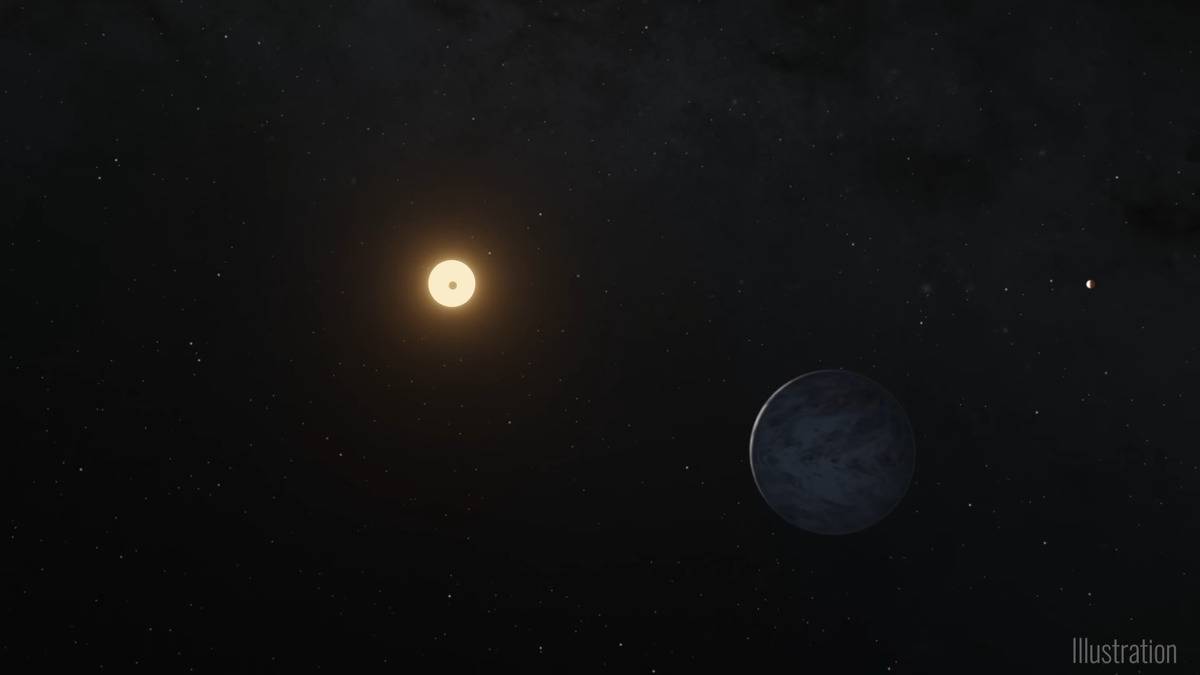
"If the star was a little closer or the planet a little bigger, we might have been able to spot TOI 700 e in the first year of TESS data," said Ben Hord, a graduate researcher at Goddard. "But the signal was so faint that we needed the additional year of transit observations to identify it."
TESS has discovered over 260 'confirmed' exoplanets, as well as 4000 'candidates' that need to be verified before being officially labeled exoplanets as well. It has also discovered around 1700 candidates that were ruled out.
Against All Odds
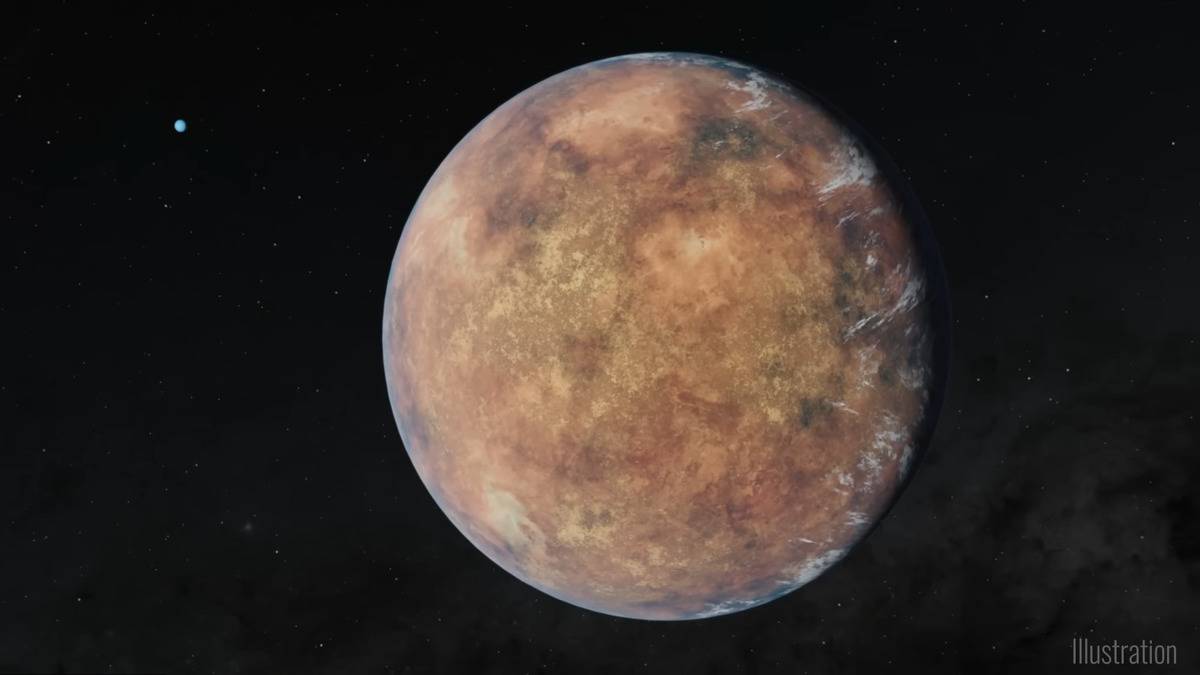
What TESS has found in the deep reaches of space is incredible. The chances of finding planets that are theoretically so extremely similar to Earth is rare enough, but finding two within the same system is just astounding!
The chance that life could form on a planet that far away, in another system entirely, could mean big things for the future of human space exploration. Once we figure out how to send people over 100 light years away, that is.
Even More Findings
TESS is still out there, having just finished up another year of monitoring back in the northern sky, searching for stars and the planets orbiting them.
Allison Youngblood, a research astrophysicist and the TESS deputy project scientist at Goddard, said, "We're looking forward to the other exciting discoveries hidden in the mission’s treasure trove of data."
Here's hoping there are even more amazing finds within TESS' most recent snapshots, helping us learn more about the strange and vast universe we live in.
Are you looking to attract wealth into your life this new year? Click here if you want to activate your inner Wealth DNA and attract money endlessly.
Using this manifestation tactic, you can learn how to activate your internal wealth DNA starting as soon as today!





